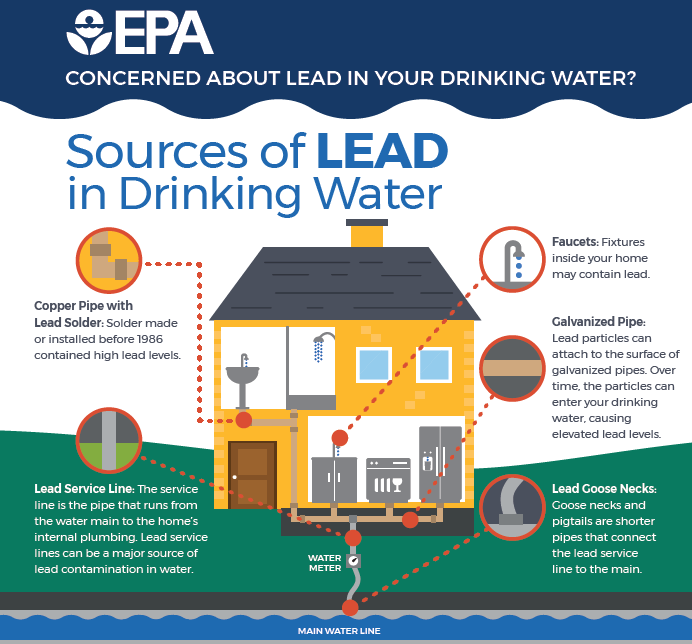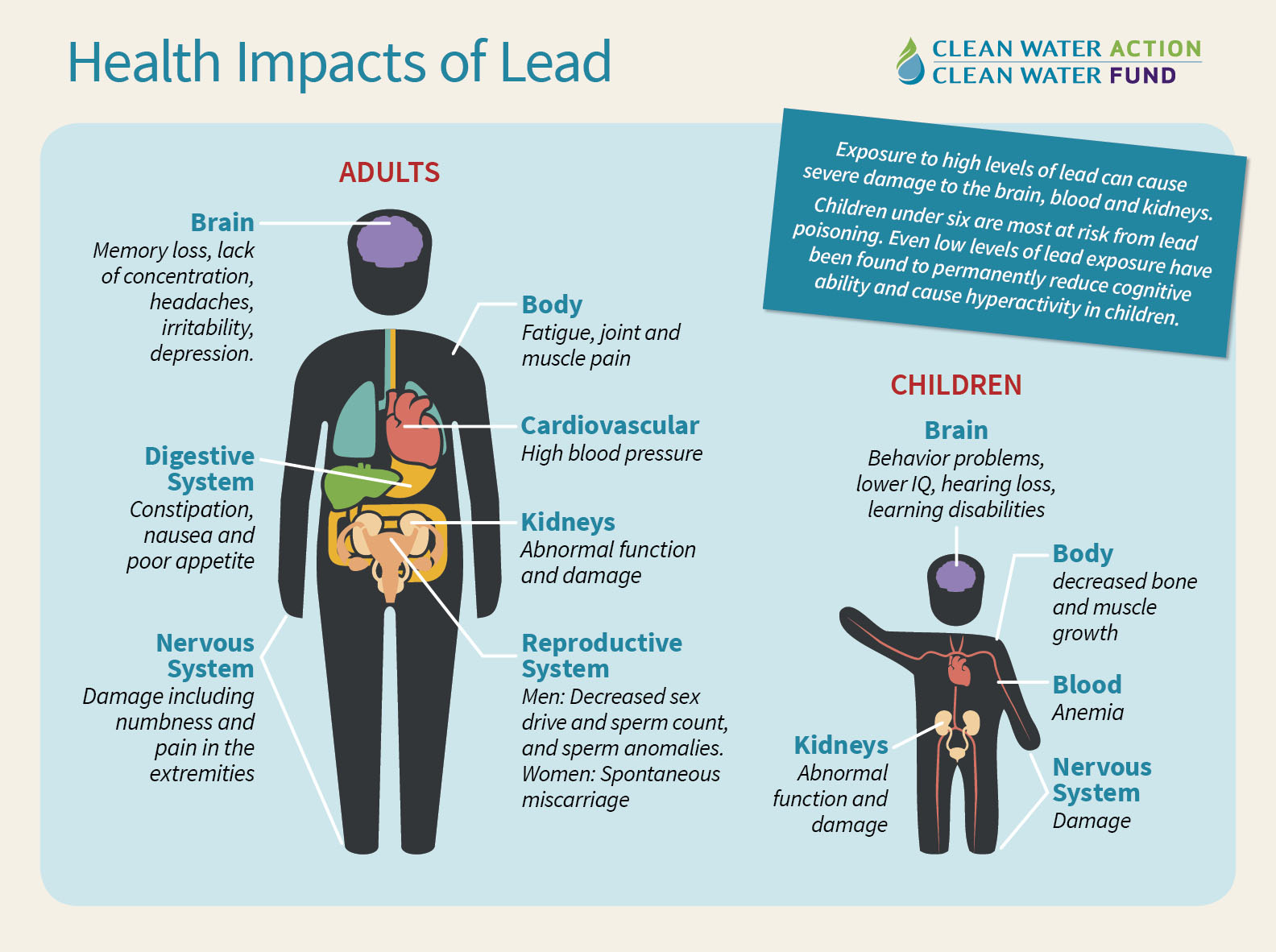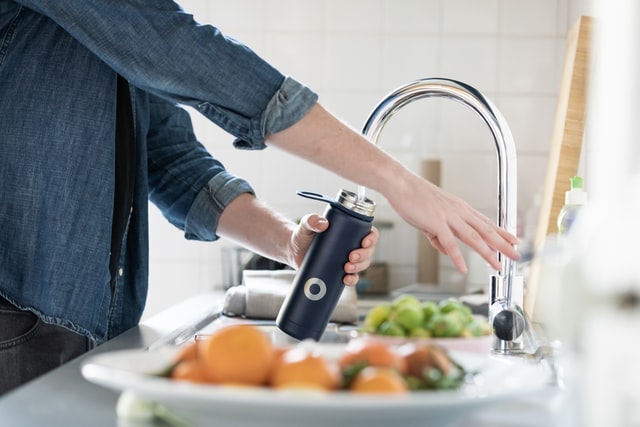How To Test for Lead in Your Home’s Water | Expert Guide
Articles, products, and services offered on this site are for informational purposes only. We are part of the Amazon Services LLC Associates Program, an affiliate advertising program. Amazon.com is compensated for sales resulting from links on our website.
Please review our disclaimer before acting based on anything you read or see.
If you’re a homeowner, you know how important it is to keep your home in good condition. However, one thing you may not think about is the quality of your water. Lead can be a serious health hazard, so it’s important to test your water for lead and take steps to mitigate any contamination. This blog post will show you how to test for lead in your home’s water and discuss some of the best ways to reduce your exposure to this harmful metal.
Where Does Lead in Drinking Water Come From?

There are many lead sources in drinking water, but lead pipes and plumbing fixtures are the most common. In addition, lead can leach into water from solder used to join copper pipes.
Lead was commonly used in piping and fixtures until the 1970s and 1980s when lead plumbing and solder were banned in new construction by the Safe Drinking Water Act. However, many homes built before that time still have lead pipes, fixtures, or service lines, which can leach lead into the water.
Even newer homes might not be completely free of lead since, before 2014, some “lead-free” fixtures and galvanized steel pipes may have contained more lead than is currently acceptable.
The presence of lead in the water is especially pronounced in pipes running hot water and when the water in the pipes has an acidic or corrosive pH balance. The highest concentrations of lead typically occur the first time a fixture is used in the morning after the water has been sitting in the pipes all night.
How Does Lead in Drinking Water Affect Your Health?

Lead is a toxic metal that can cause serious health problems if it’s ingested. Even low levels of lead exposure can cause learning and behavior problems in children and kidney damage and high blood pressure in adults, among other health concerns.
Sometimes Water Testing is as Easy as a Phone Call
Municipal water suppliers are held to less than 15 parts per billion EPA lead standards. Water suppliers will test your home’s tap water for free in many cities. To find out if your supplier offers this service, simply give them a call or send an email. You can usually check your city’s website for utilities and water quality pages to find the supplier’s contact information.
At-Home Water Testing
There are two main ways to do this: sending water samples off to be tested by a lab or using a DIY water testing kit at home.
Either way, to get the most accurate results, it’s important that the water used in the test is the first water that comes out of the pipes in the morning and that it’s been sitting in the pipes for a minimum of six hours. You should then test a second sample, taken after the water has been running for several minutes, to flush out the pipes. These different test sections of the plumbing are the pipes within the home and the service line connecting the home to the municipal water system.
Sending Samples to a Testing Lab
While this option is generally more expensive than buying a DIY kit, it provides private, professional testing by a certified laboratory that can tell you exactly what’s in your water and how much. Lab testing can cover many possible contaminants, not just lead, and can be used for municipal and private well water.
The EPA maintains a list of laboratories certified by the Department of Environmental Protection by state, which you can find on its website or by calling the Safe Drinking Water Hotline at 1-800-426-4791. Some labs will send you sample containers, while others may allow you to use your containers.
DIY Water Testing Kits
If you’re looking for a quick and easy way to test your water for lead, a DIY water testing kit is the way to go. These kits use chemical indicators to test for the presence of lead in water and are available for purchase online or at hardware stores.
When using a DIY kit, it’s important to follow the instructions carefully and be aware that the results might not be as ironclad as professional testing. They also work on a yes/no system, so if your water tests are positive, you won’t know how much lead is in the water. However, a DIY kit can provide fast results that let a homeowner know to take action to mitigate a lead issue quickly.
Testing Private Wells for Lead
Unlike municipal water sources, which the EPA regulates, private wells are dependent on the homeowner for regular testing. Groundwater can become contaminated with lead from industrial activities, and some wells are built with components that contain lead, such as lead packing collars or lead wool.
The EPA recommends testing private well water annually at a minimum. Homeowners should be aware of conditions that may affect their well water, such as nearby agricultural activities, and test immediately in the event of disturbances like flooding.
What Do I Do If I Suspect My Water Has Lead?
If you suspect your water has lead and you’re waiting for test results, there are a few things you can do if you can’t avoid using water.
- Run the tap for several minutes (2–5 is the usual recommendation) before using the water. This applies to each fixture; for example, running the washing machine won’t flush out the kitchen sink.
- Don’t get hot water from the sink for cooking, drinking, brushing teeth, etc. Run the tap cold, then heat the water separately. Hot water in the pipes increases the possibility of leaching.
If the tests are completed quickly, you can sometimes bridge the gap by purchasing bottled water. However, if the tests come up positive, you’ll need a longer-term solution.
What Do I Do If My Water Tests Positive for Lead?
If you test your water and it comes back positive for lead, there are some things you can do to mitigate the problem. The first step is to identify and remove the source of lead contamination. This might be as simple as replacing a lead water filter or replacing an old lead service pipe. In other cases, this might require extensive plumbing replacement.
Another option is to install water treatment devices specifically designed and certified for lead. These may include:
- Water distillers: since lead doesn’t evaporate with the water, this removes lead entirely.
- Reverse osmosis filtration systems
- NSF 53-certified filters for lead removal: these come in forms for pitchers, refrigerators, faucets, and more.
However, it’s vital to verify that the system you choose is rated for lead and that you change the filters as often as recommended.
Keeping Your Home’s Water Clean and Drinkable
Testing your water for lead is important to ensure that you and your family drink clean, safe water. If you find that your water has lead in it, it’s essential to take immediate action. Get to the root of the problem and, if possible, eliminate it at the source. If you can’t do that, install a certified water filtration or treatment system to ensure the water you’re drinking is clean and safe.



Comments are closed.